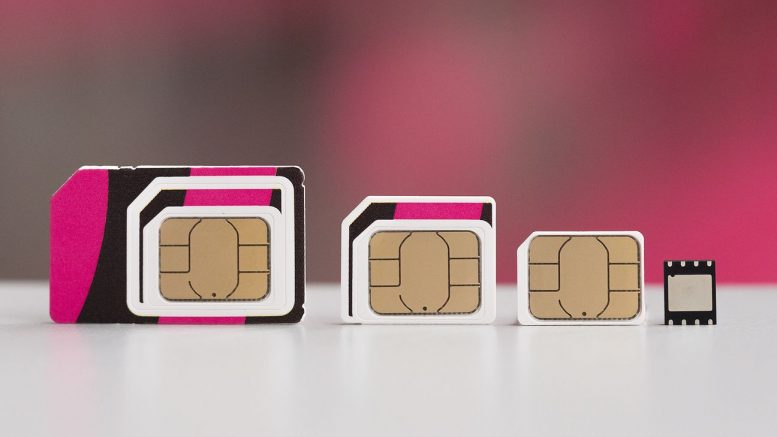As it becomes more widely adopted, eSIM will usher in a new era for the medtech industry. But the truth is that eSIM is already making a difference today. Patients with eSIM enabled devices can now benefit from secure and operator-agnostic eSIM connectivity when travelling, meaning they have access to low-cost, high-quality call and data packages to use mHealth services wherever they may be located.
The eSIM enabling of all Internet of Things (IoT) devices will have wider implications too, accelerating the production and adoption of a large number of medical devices, from diagnostics to self-care management to telemedicine hardware, in a way that was simply not possible before.
This is because eSIM simplifies many of the processes in the manufacturing and deployment of IoT devices, many of which are crucial in medtech. This applies to biometric wearables, smart pill management, smart homecare, personal healthcare administration, electronic health records and managing sensitive data.
These devices will be widely used to measure key health indices such as temperature, pressure, blood oxygenation levels, sugar levels and more, helping to provide an overall higher degree of patient care.
Medtech services that offer eSIM connectivity are also well placed to provide psychological support, especially to those affected by the Coronavirus pandemic. Anyone involved in industries heavily affected from the crisis, business owners and employees alike, can be hit psychologically by the loss of work and need support.
This situation becomes even more complicated in our new reality of staying home and being afraid to go outside. This is a clear case of how medical tele-consultations can help in a significant way during this crisis. Imagine being a Spanish national stuck in the US on a business trip. During the quarantine he is stuck in the US and he is also laid off. He needs to talk to a Spanish psychologist but the international rates on his phone make that prohibitive. A service that takes advantage of local rates through eSIM enablement solves that problem in an easy and efficient manner.
You may be thinking; how can mHealth providers evolve their service and leverage the growing use of eSIM? The good news is that adding eSIM services is simple and it can provide huge benefits.
At Doctor Online, we make high quality medical consultations available at a low cost and from wherever the patient may be at the time of need. We have established medical teleconsultation centres in every country that we operate in, so that users can get in touch directly with local doctors who can give meaningful and culturally relevant advice.
But people travel and when they are away from home any medical issue becomes much more difficult to handle. People wait until they return home to see a doctor or they visit the local hospital resulting to high costs, inconvenience, insurance coverage hurdles and so on.
Doctor Online teamed with QuarkSe to resolve that problem. QuarkSe provides an eSIM Global Distribution System (GDS) so that any person travelling abroad will be able to still get in touch with their trusted doctor at home using Doctor Online while paying local connectivity rates.
In my opinion the rapid adoption of eSIM-enabled devices is crucial in meeting the demand for remote services. It could be that in as little as three years the majority of new mobile devices will be eSIM only, and older physical SIM cards will quickly be phased out.
We have already experienced an increase in the number of remote medical consultations, pointing towards a future healthcare system where many services will be provided through telemedicine. As we continue to explore the possibilities of eSIM, I expect to see significant traffic of consultations from people travelling abroad and the increased use of intelligent healthcare IoT devices that will further enable the spread of telemedicine.





